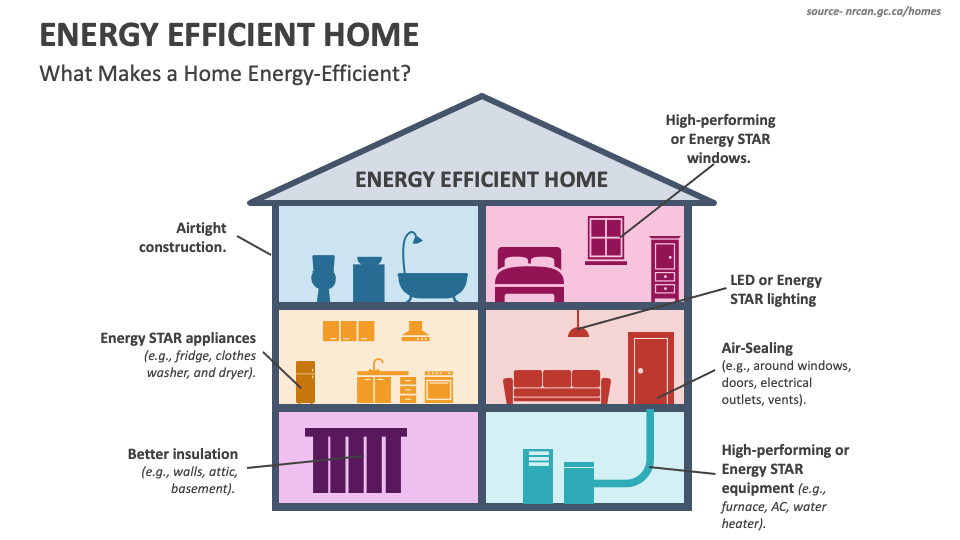Insightful Updates
Stay informed with the latest news and trends.
Saving the Planet, One Room at a Time
Transform your home into a eco-friendly haven! Discover easy tips to save the planet, one room at a time. Join the green revolution today!
Top 10 Eco-Friendly Design Hacks for Every Room
Incorporating eco-friendly design hacks into your home not only contributes to a sustainable lifestyle but also enhances the aesthetic appeal of your space. One of the easiest ways to make a room more sustainable is by using recycled materials for furniture and decor. Consider repurposing old wood for shelving, or choosing items crafted from reclaimed materials. Two, maximize natural light to reduce the need for artificial lighting; use mirrors strategically to bounce light around the room. These simple design choices not only reduce your carbon footprint but also bring a unique character to each space.
When it comes to bedrooms, three is to opt for organic bedding and natural fibers for curtains and upholstery. These textiles are not only healthier for your skin and the environment, but they also add a cozy feel to your room. Four, use plants to improve air quality and add vibrancy; houseplants are excellent natural air purifiers. Finally, five consider using low-VOC (volatile organic compounds) paints, which are better for both the environment and your indoor air quality. By following these top eco-friendly design hacks, you can create a home that is not only stylish but also conscientious.

How to Create a Sustainable Home Office: Tips and Tricks
Creating a sustainable home office is not only beneficial for the environment but can also enhance your productivity and well-being. Start by evaluating your workspace and identifying areas for improvement. One of the first steps is to invest in energy-efficient lighting, such as LED bulbs, which consume less power and last longer than traditional incandescent lamps. Additionally, consider using natural light to illuminate your space during the day, which can help reduce your energy consumption. Don't forget to incorporate plants into your design; they not only improve air quality but also create a calming atmosphere.
When it comes to furniture, opt for sustainable materials like bamboo or reclaimed wood. These materials are not only eco-friendly but also stylish and durable. Think about implementing a zero-waste policy in your office by repurposing items or choosing products with minimal packaging. Furthermore, using digital tools instead of paper can significantly reduce waste. Finally, remember to regularly assess your energy consumption and look for ways to make your home office more efficient, such as unplugging devices when not in use or investing in solar panels if feasible. By following these tips, you can create a functional and sustainable home office.
Is Your Bedroom Green Enough? Easy Steps to Make It Eco-Friendly
Creating an eco-friendly bedroom is not only beneficial for the environment but also fosters a healthier living space for you. To start, consider making simple yet impactful changes such as choosing sustainable materials for your bedding and furniture. Opt for organic cotton sheets, which are free from harmful pesticides, and look for furniture made from reclaimed wood or certified sustainably sourced materials. Incorporating energy-efficient lighting, like LED bulbs, can significantly reduce your energy consumption while providing a warm ambiance in your personal sanctuary.
Another effective way to make your bedroom greener is by embracing natural elements in your décor. Consider adding indoor plants, which not only enhance air quality but also promote a calming atmosphere. Some great options include snake plants or pothos, as they require minimal maintenance and thrive in low-light conditions. Additionally, minimize waste by opting for second-hand furniture or DIY projects to create unique pieces that reflect your personal style while being gentle on the planet. By incorporating these easy steps, you can transform your bedroom into a more eco-friendly haven.